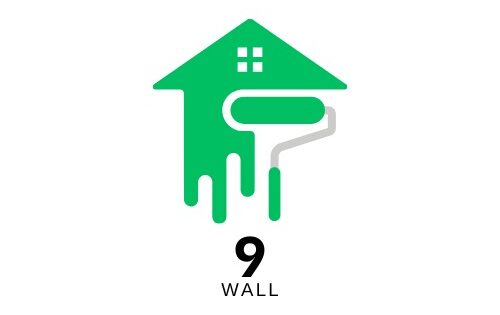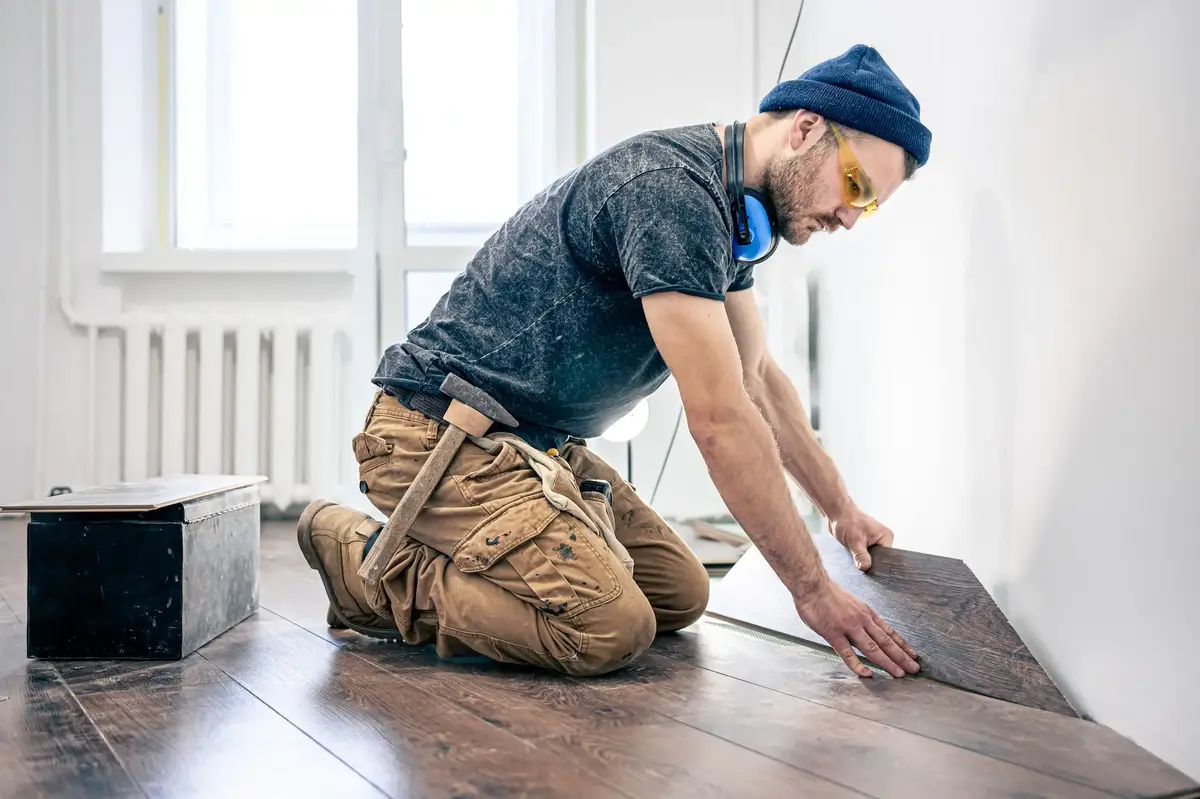Key Takeaways
- Understanding the basics of water damage and its potential long-term effects on structures and health.
- Learning about advanced techniques and tools used in water damage remediation.
- Gaining insights into the importance of timely action and professional assistance.
- Exploring real-life examples and expert opinions on successful remediation efforts.
- Understanding the role of technology in detecting and repairing water damage.
Effective water damage remediation involves quick action to prevent further harm. Key steps include water extraction, thorough drying, and mold prevention. Using advanced equipment and monitoring moisture levels ensures complete restoration. Professionals also recommend regular inspections and maintenance to minimize future risks and protect the property’s long-term integrity.
Introduction
Water damage can devastate your home or business, leading to immediate complications and long-lasting challenges if not addressed promptly. The art and science of water damage remediation are crucial in mitigating these effects and ensuring your property’s safety and structural integrity. For those seeking professional help, experts like Pure Restore offer reliable services to address these issues effectively and efficiently.
What is Water Damage, and Why is it a Concern?
Water damage is caused by water intrusion into a building or property, often caused by leaking pipes, burst sewer lines, or natural disasters like floods. It compromises structural integrity, weakens walls, floors, and ceilings, and poses health risks due to poor indoor air quality. Untreated water damage can lead to mold growth, which can cause mild allergic reactions and severe respiratory problems. Therefore, it’s crucial to address water damage promptly to mitigate these health risks effectively.
Advanced Techniques in Water Damage Remediation
Technological advancements have improved water damage remediation methods, enabling professionals to use modern tools for extraction, drying, and detecting hidden moisture. Powerful pumps and vacuums are used for water extraction, followed by industrial-strength dehumidifiers and air movers for drying. Thermal imaging and moisture meters identify moisture hidden behind walls and under flooring, minimizing mold risk and structural damage. The remediation industry is also shifting towards greener practices, using non-toxic cleaning solutions and water recycling techniques to reduce ecological impact.
The Importance of Quick Action and Professional Help
Prompt action is crucial in water intrusion situations, and homeowners can take initial steps like shutting off the water source and moving valuables to prevent further damage. However, comprehensive water damage remediation is best left to professionals who provide expertise and equipment for thorough restoration. A case study illustrates the importance of professionals in managing water damage efficiently, emphasizing the value of swift professional intervention.
How Technology is Changing Water Damage Remediation
Technological innovations are revolutionizing the approach to water damage. Intelligent sensors now allow for early detection, alerting homeowners to potential water issues before they escalate. These sensors, which can monitor humidity levels and detect water leaks, offer a proactive means of preventing significant damage.
Furthermore, using historical data and real-time monitoring, artificial intelligence, and machine learning are essential tools for forecasting future water damage risks and providing insights into possible trouble spots. According to Bob Vila’s home improvement insights, integrating such technology streamlines the restoration process, making it more efficient and less costly.
Environmental Considerations in Water Damage Remediation
As sustainability becomes increasingly important, the remediation industry is adapting. Managing waste produced during and after the remediation process poses both a challenge and an opportunity for environmental responsibility. Selecting sustainable methods reduces harm to the surrounding ecosystem and supports a long-term ecological balance.
Remediation professionals are turning to eco-friendly products and approaches to ensure the process is practical and environmentally thoughtful. This shift signifies a commitment to preserving both individual properties and the planet.
Expert Tips on Water Damage Prevention
Prevention is the most effective form of management when it comes to water damage. Experts recommend regular inspections and maintenance of plumbing systems to detect and address small leaks before they become more significant problems. Additionally, integrating moisture detection sensors within homes is a proactive measure to prevent significant issues.
The Environmental Protection Agency’s mold prevention guidelines are an excellent resource for understanding how to maintain a dry, mold-free indoor environment. These guidelines underscore the importance of awareness and regular care to safeguard health and property.
Final Thoughts on Proactive and Reactive Approaches
While water damage is an inevitable risk posed by natural and artificial factors, the methods and strategies outlined demonstrate that it can be effectively managed with the right approach. By embracing proactive measures and swift, professional reactive strategy when needed, individuals can protect their properties from the severe repercussions of water damage.
Given the right skills and access to top-notch equipment, property owners and cleanup experts can collaborate to lessen the effects of water damage and uphold the structural stability of homes and businesses over the long term.





